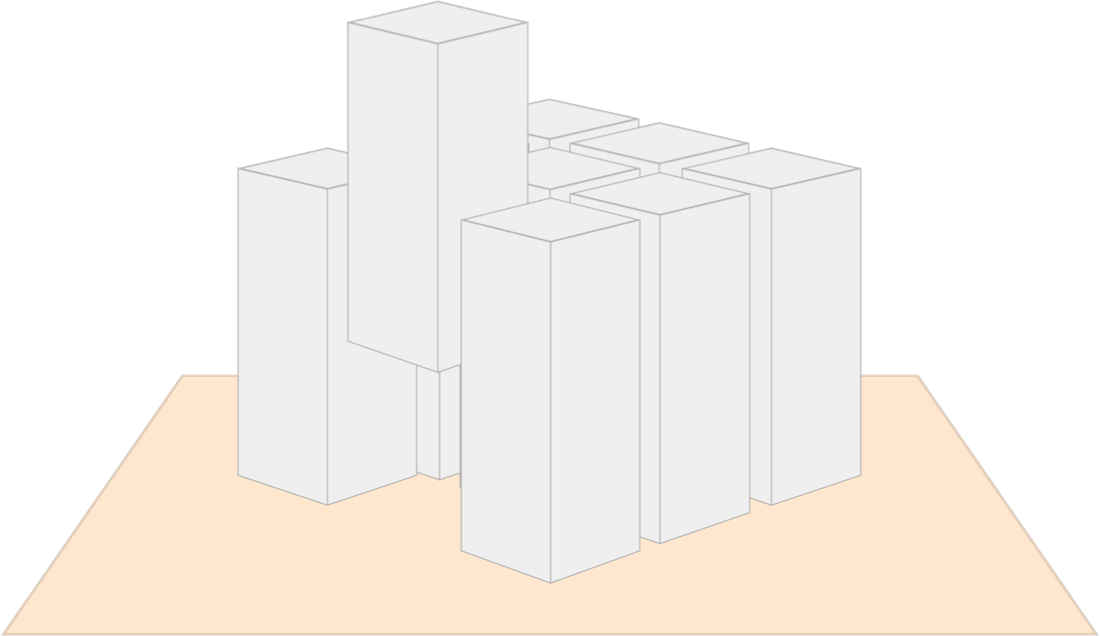
Diese Case Study ist auch auf Deutsch verfügbar
TL;DR
The Challenge
Breuninger aimed to optimize its e-commerce platform through verticalization and the use of Self-Contained Systems (SCS) to respond more quickly to market demands.
Our Solution
Development of an SCS architecture that enables independent and rapid development and deployment of new features specifically tailored to the customer journey.
The Result
Improved time-to-market for new features, a more stable and powerful platform, and increased customer satisfaction through an optimized shopping experience.
Breuninger – a success story
Breuninger has been one of the most successful fashion and lifestyle companies in Germany for over 100 years. With about 1,000 premium brands and newcomer labels, which are offered in 11 stores and in the web shop, the company sets high standards in the retail area. Its own tailor shop, a shopping app, and the in-store ordering service are some of the supplementary services that make shopping easier for customers. Since 2008, Breuninger has been very successful in online retail.
Adapting to buying behavior
Breuninger started its web shop on the basis of the standard software SAP Hybris Commerce. This monolithic software, which had grown over the course of time, exerted a great influence on the processes within the company, because it tried to cover every eventuality. The latitude for individual adaptations got smaller and smaller. For today’s entrepreneurial challenge of introducing new products and services quickly, it became a “hard-to-crack” nut for the IT department.
In order to meet the standard of “time to market” based on new functions for individual customer interaction across multiple sales channels (omnichannel), the decision was made to develop a new e-commerce platform that met these requirements. The idea of taking a fundamentally different path came from Talentformation. INNOQ did a thorough review of the concept, which was then refined through a collaborative effort.
IT verticalization in retail: Consistent orientation toward the customer journey
In order to understand the verticalization concept in e-commerce, it is necessary to know that the entire process is mapped consistently from the customer perspective. In verticalization, one therefore “slices” the overall system into multiple independent areas. The breakdown of the e-commerce areas is based on the customer journey. Accordingly, a distinction is made according to the contexts in which the customer is acting – the so-called touch points with the provider.

Touch points become domains
With the support of INNOQ experts and other service providers, the five contexts Search, Discover, Evaluate, Purchase, and Review are mapped in the software architecture and are implemented technologically. In this article by Carsten Pelka, the functions of the individual domains (as the contexts are called in IT) are described in detail.
Later, the domain Understand was also introduced, which, from a business intelligence perspective, is dedicated exclusively to a holistic view of the customer as an individual.
Using these six domains, Breuninger has created independent units, which can develop, implement, and publish new functions independently and quickly. In addition, this reduces the complexity of the e-commerce platform. In each unit, a product owner and the respective domain experts work together as a team. The motto of the team is: “You build it, you run it.”
Implementation
Self-contained systems (SCS) and continuous deployment
All systems correspond to the SCS concept, which means that they have independent responsibility for the representation, storage, and processing of their data. Each domain is implemented by one SCS or more, depending on the requirements. The systems are linked loosely and exchange data with each other. In addition, all changes and new features are integrated into production quickly and continuously.
- For the most part, the applications are based on Java & Spring Boot (Cloud)
- Use of SQL and NoSQL databases
- Two-layer integration of the SCS to form a complete system:
- Regarding the strategy for communication among the systems, it is an “event feed” in which technical events are published (publisher/subscriber architecture)
- On the front end level, integration occurs via transclusion
- Operation of a Kubernetes cluster on cloud infrastructure
- Application security through Hashicorp Vault
- High qualitative and quantitative test coverage through unit, integration, system, and CDC tests
How our customer benefited
- Development from a retailer to a technology company, in the sense of digital transformation
- Thanks to the SCS architecture, IT has become part of the value chain
- Very stable, high-performance platform as the architectonic framework that permits short time to market
- Professional and transparent reporting
- Improved customer experience: Breuninger customers always experience their shopping positively, because the online shop is very well monitored
- New features can be published in one domain at any time, independently of other features and domains
- Avoidance of license and support costs in the mid-six-figure range
